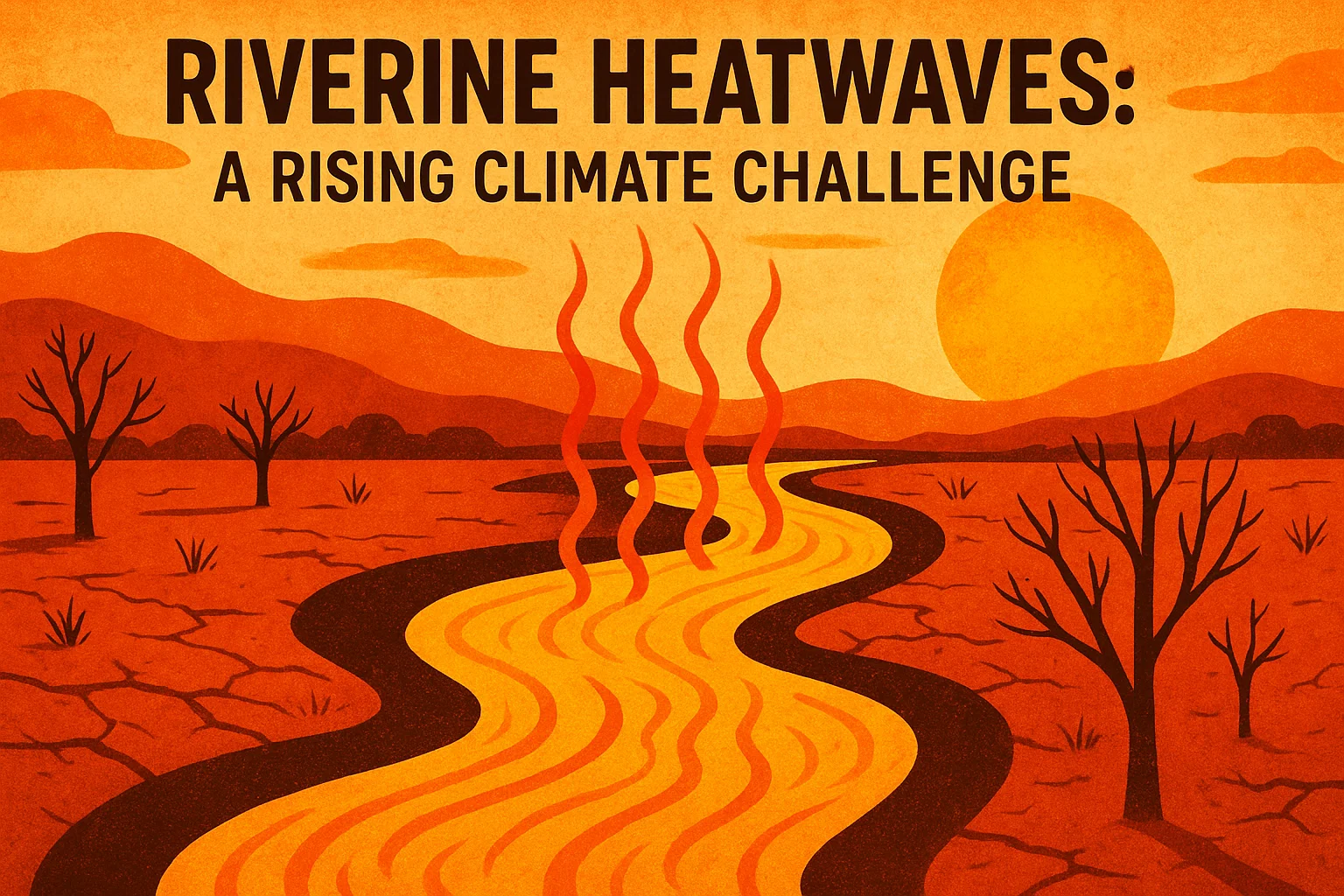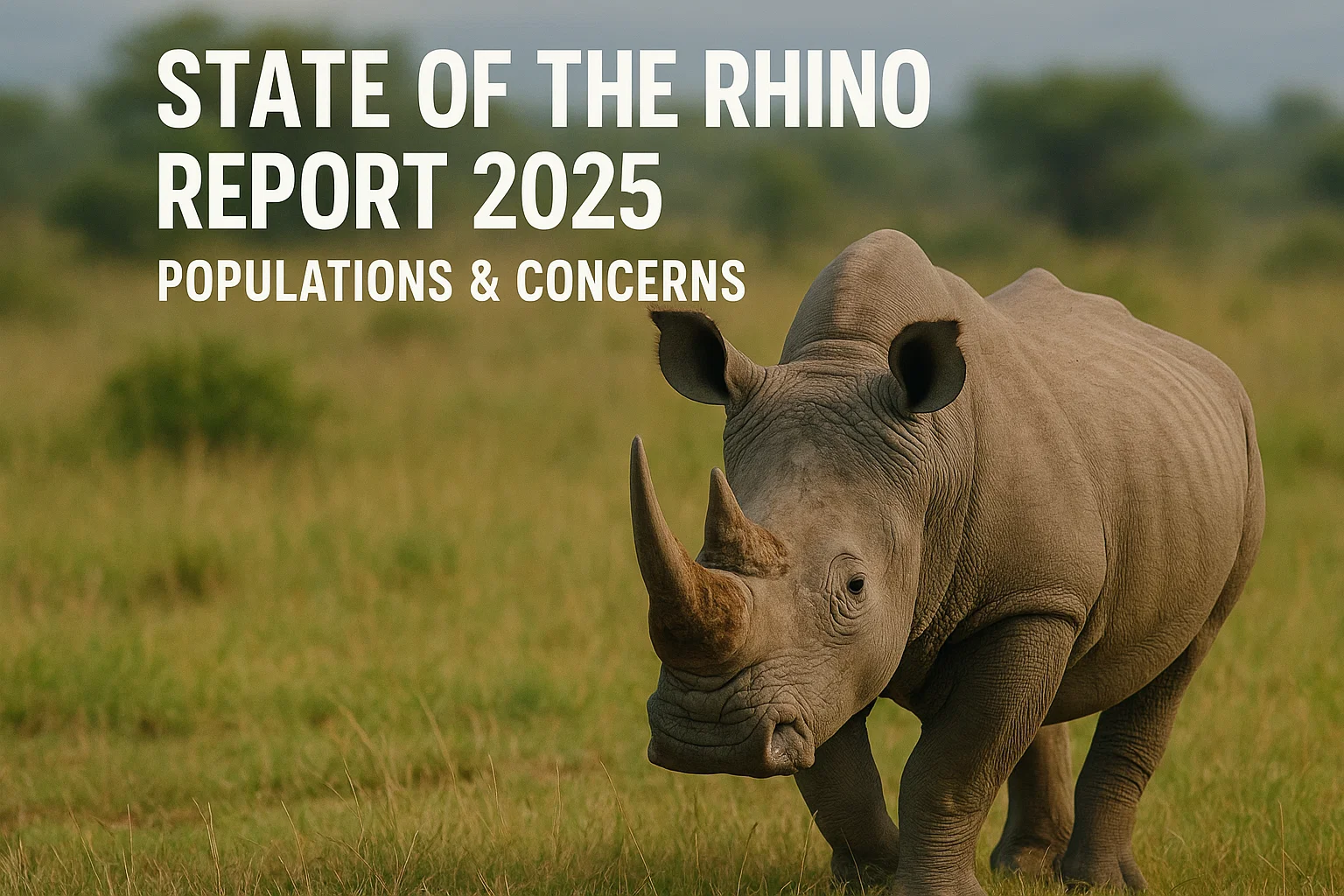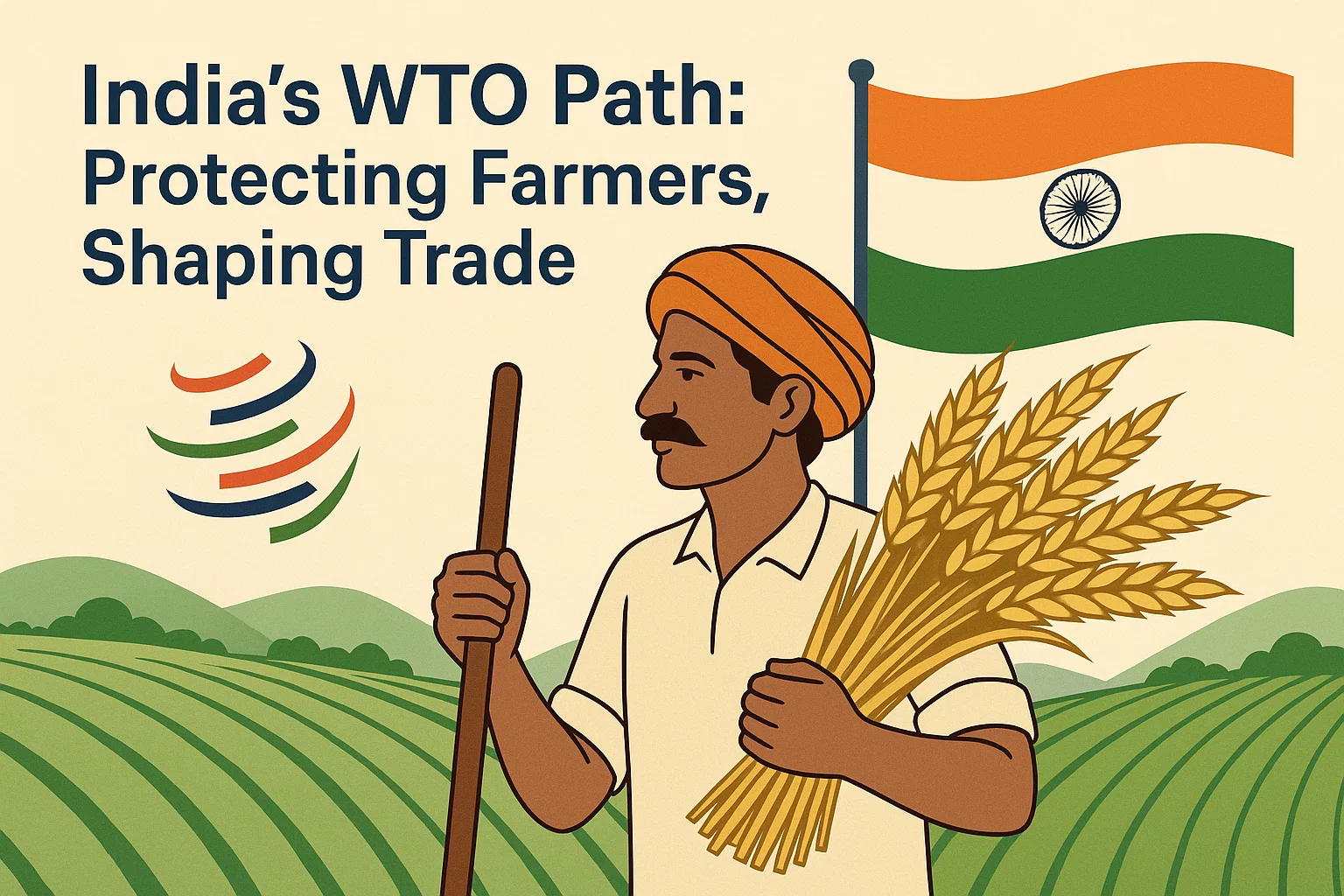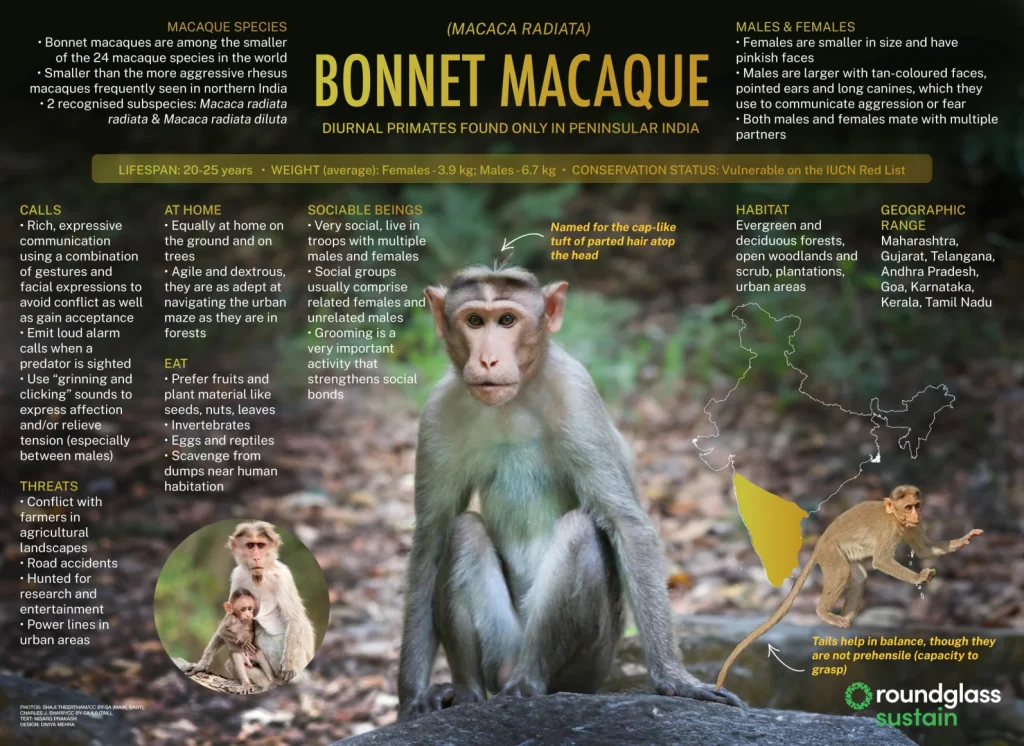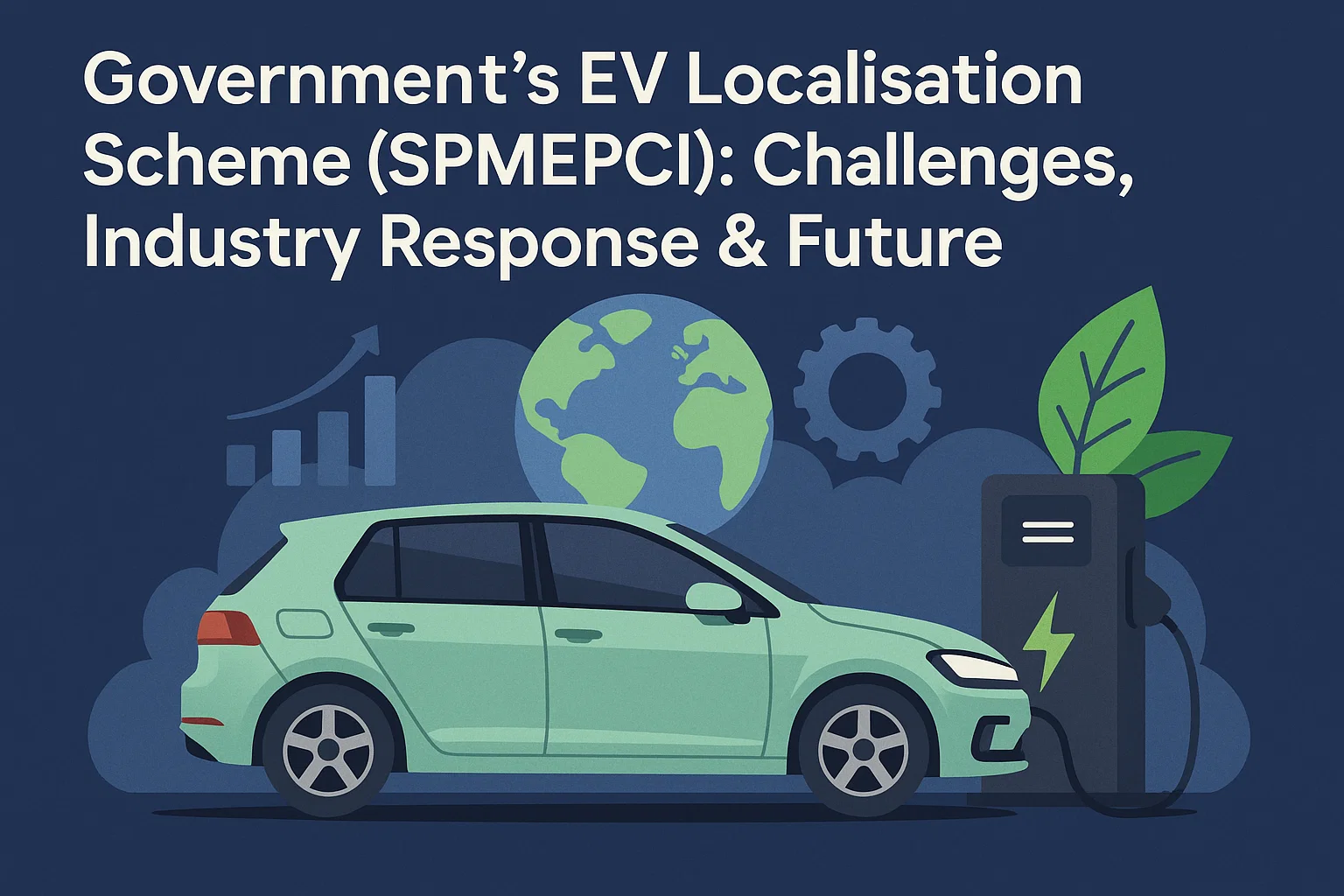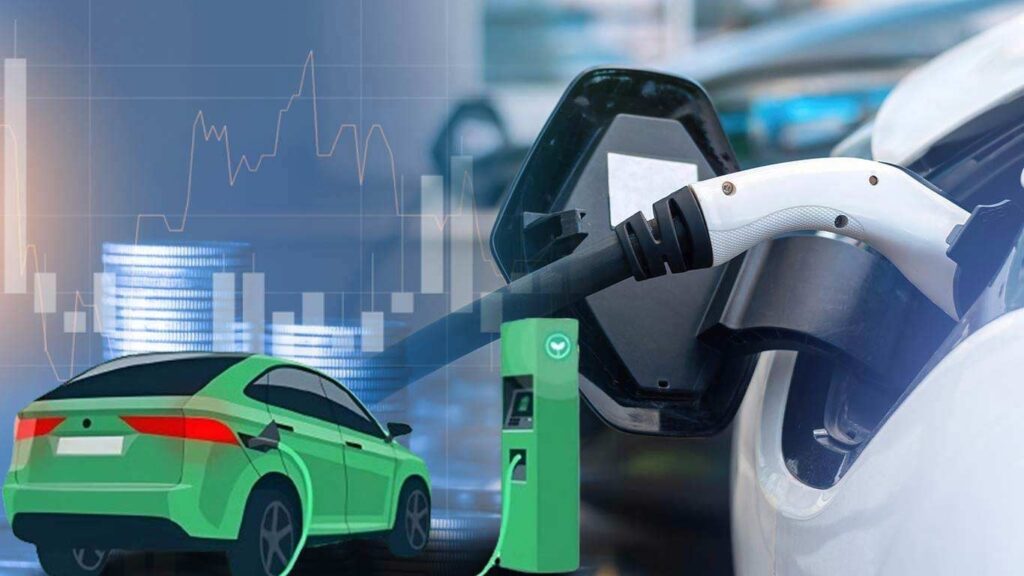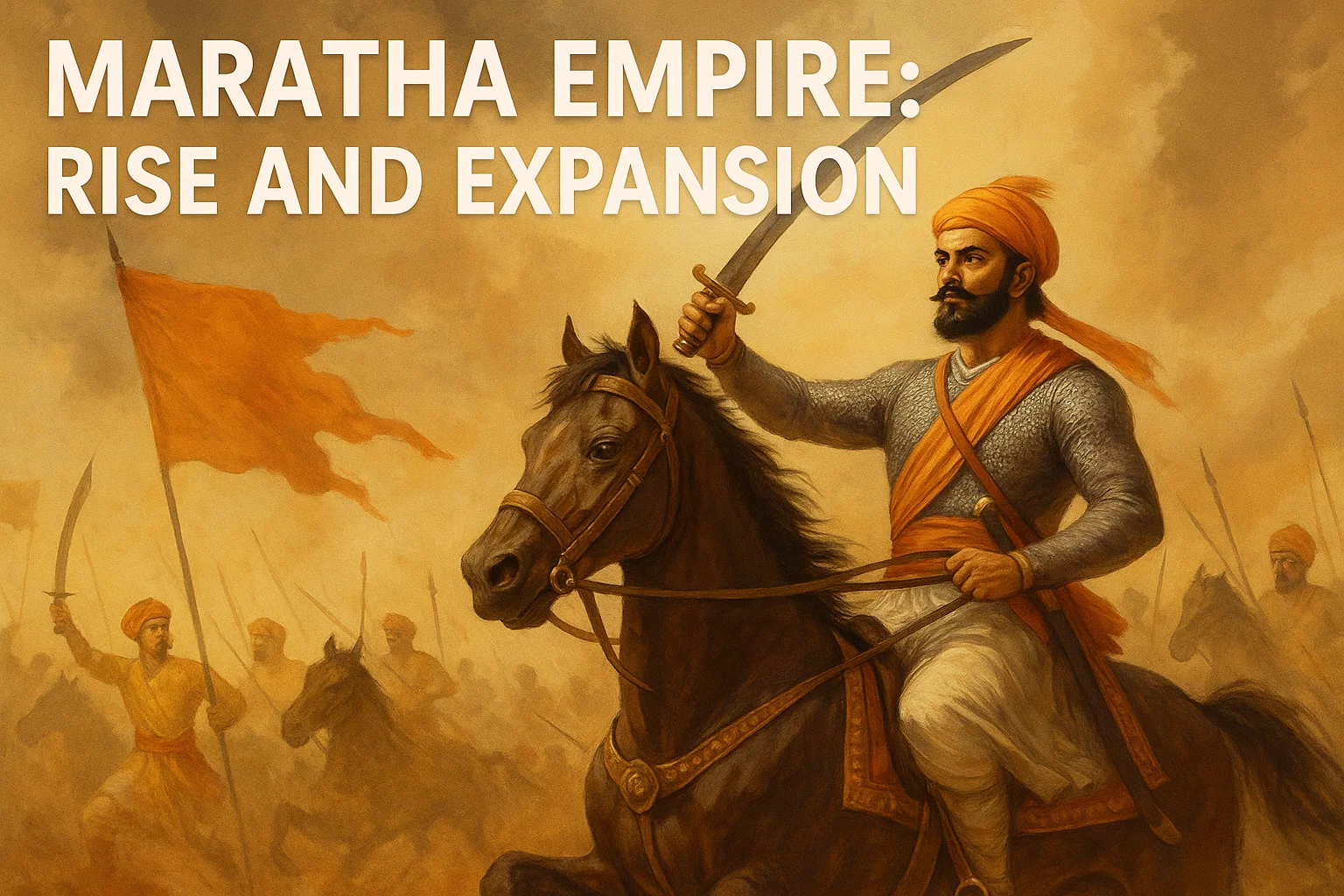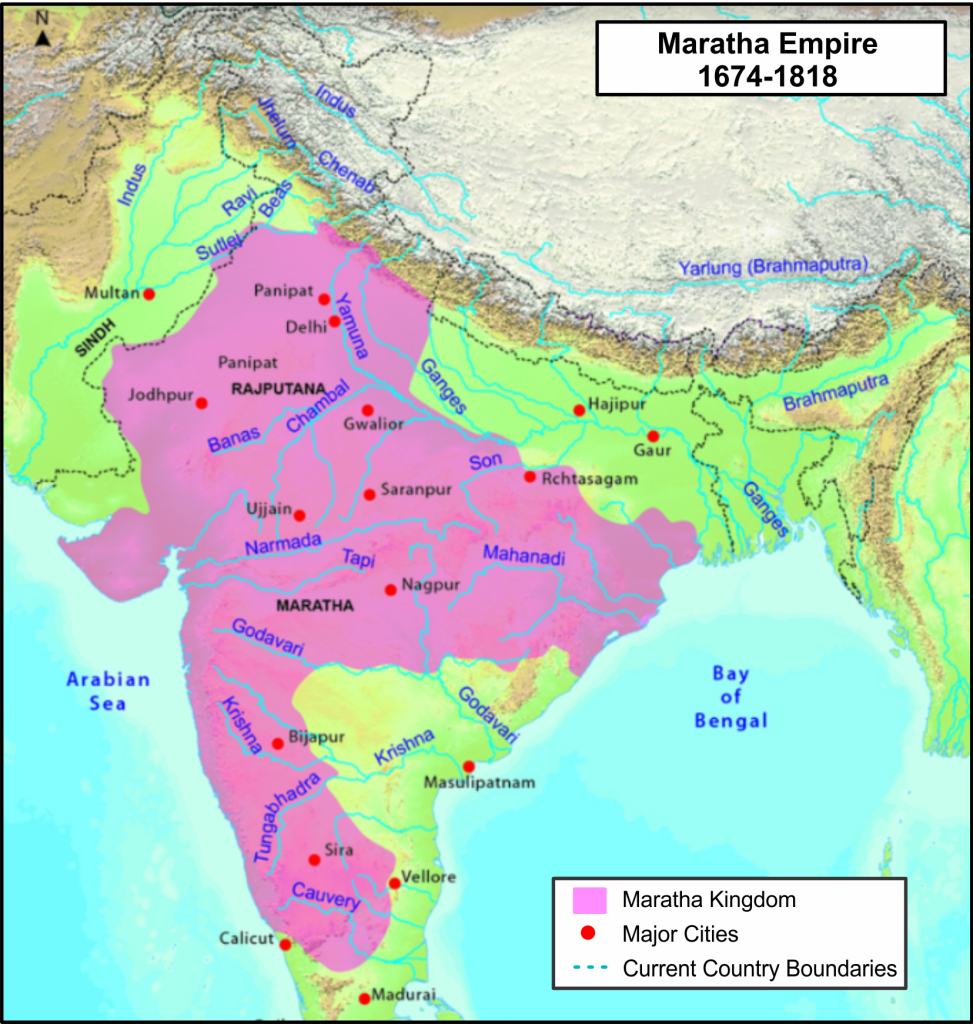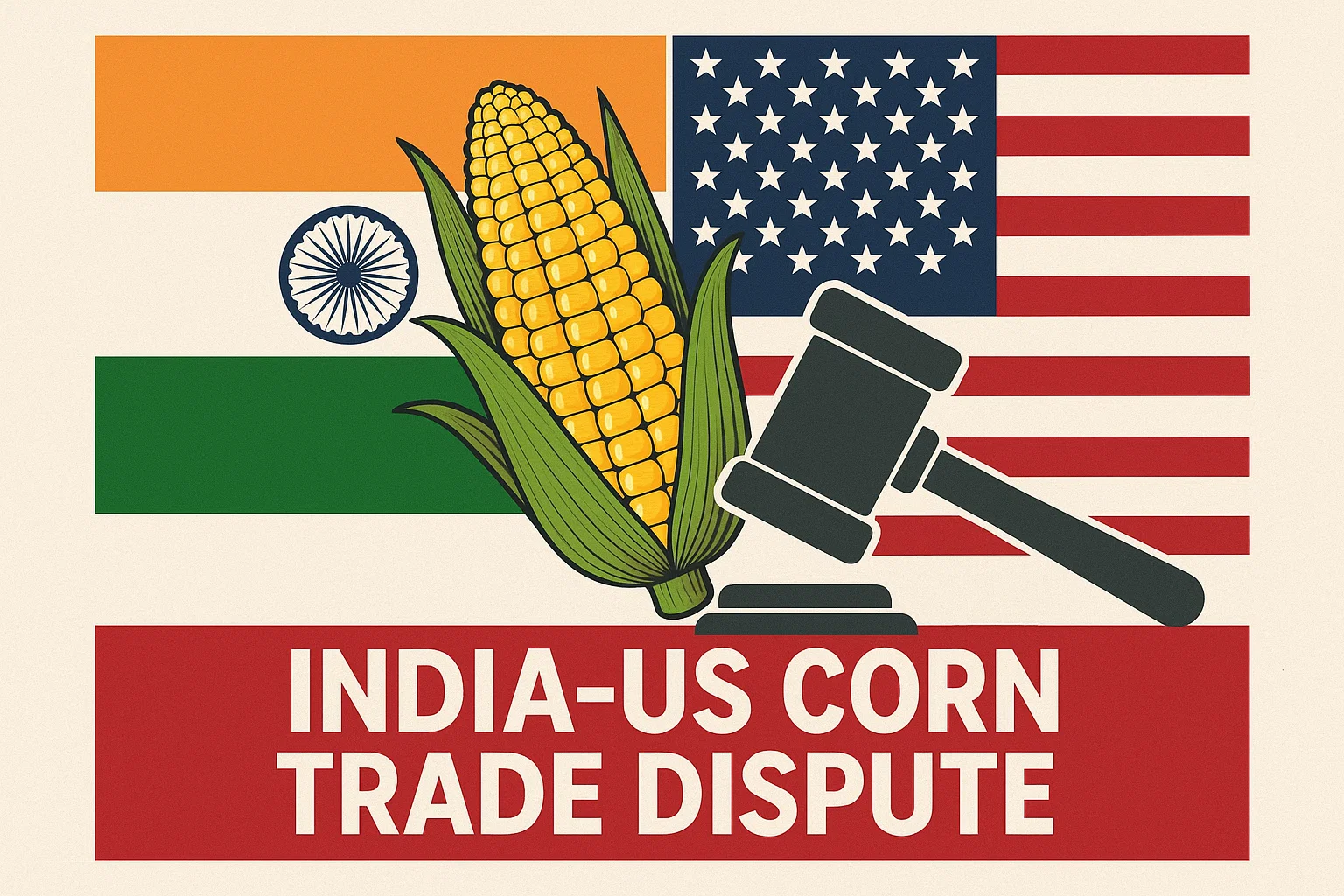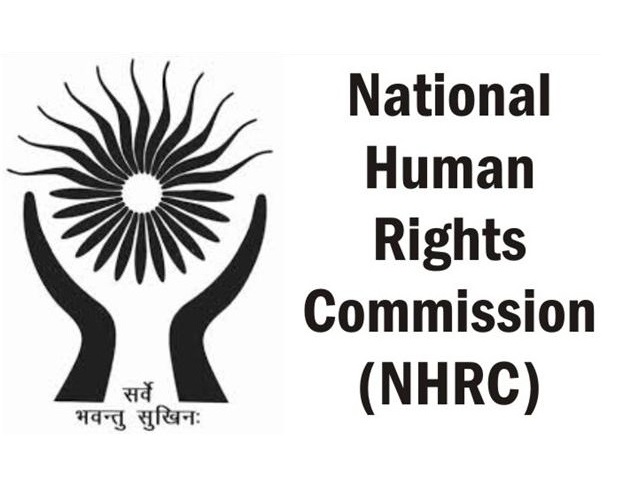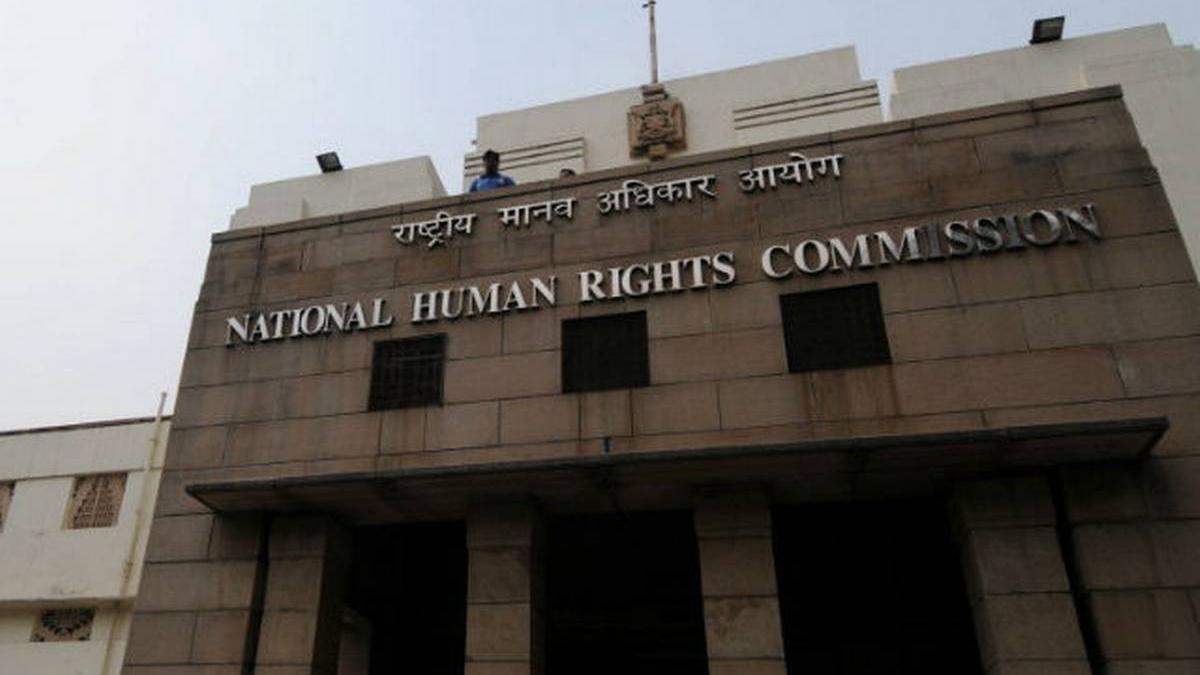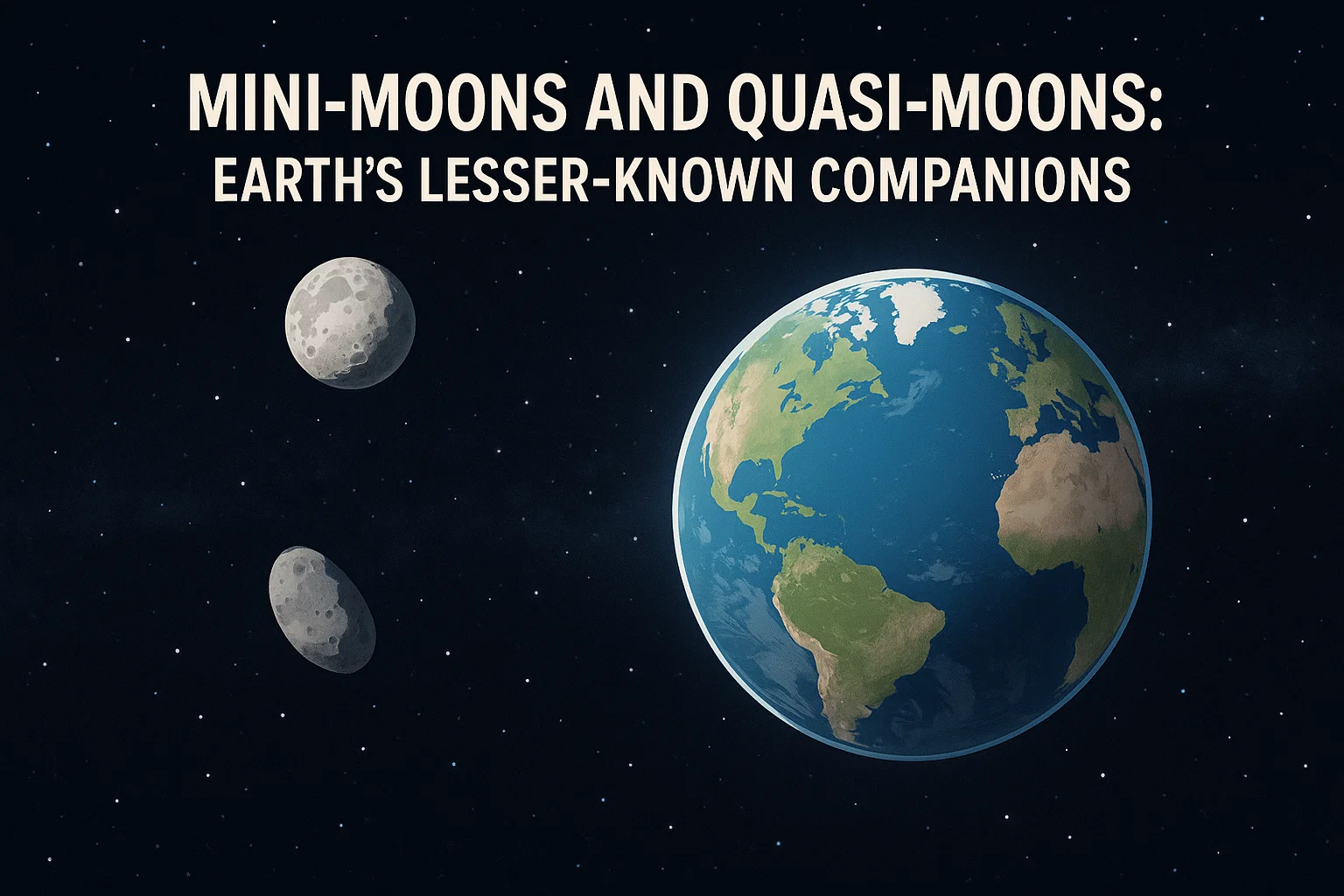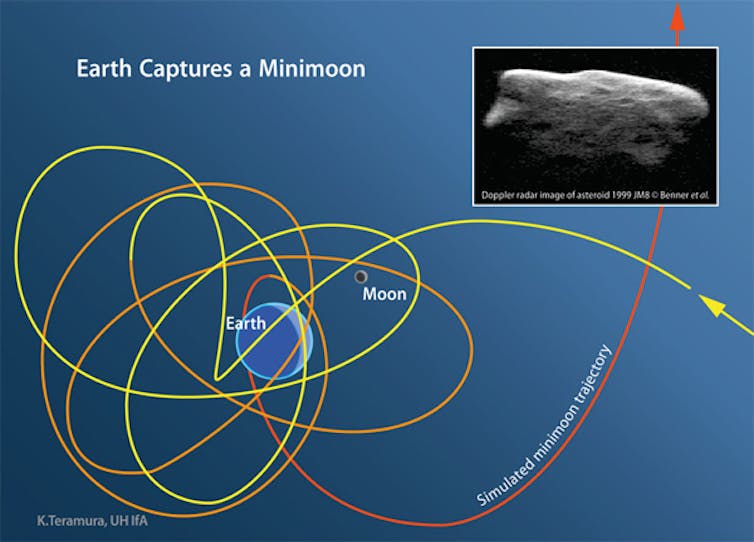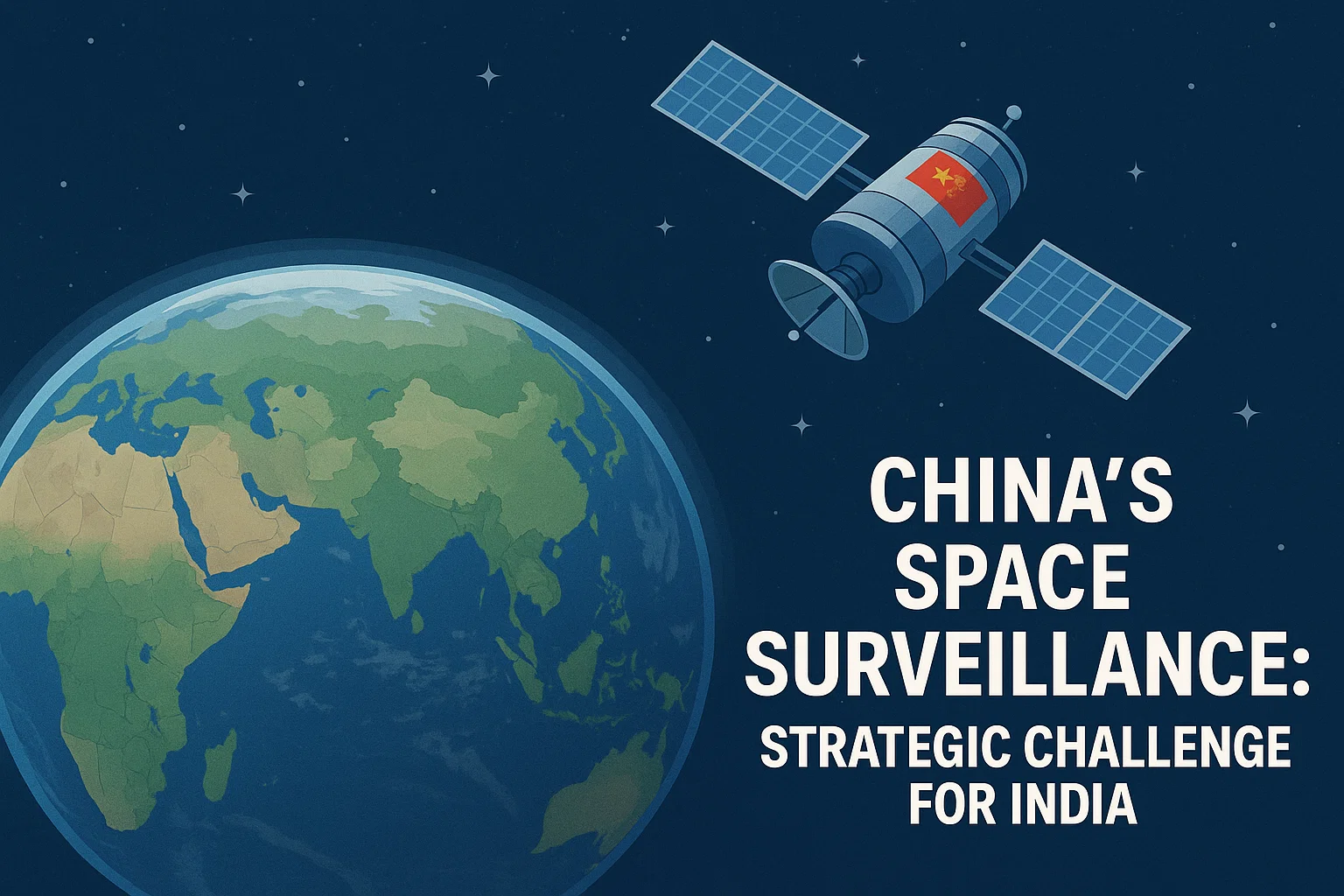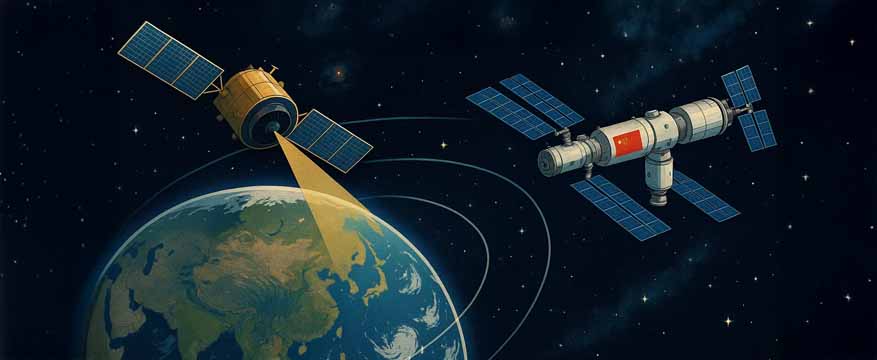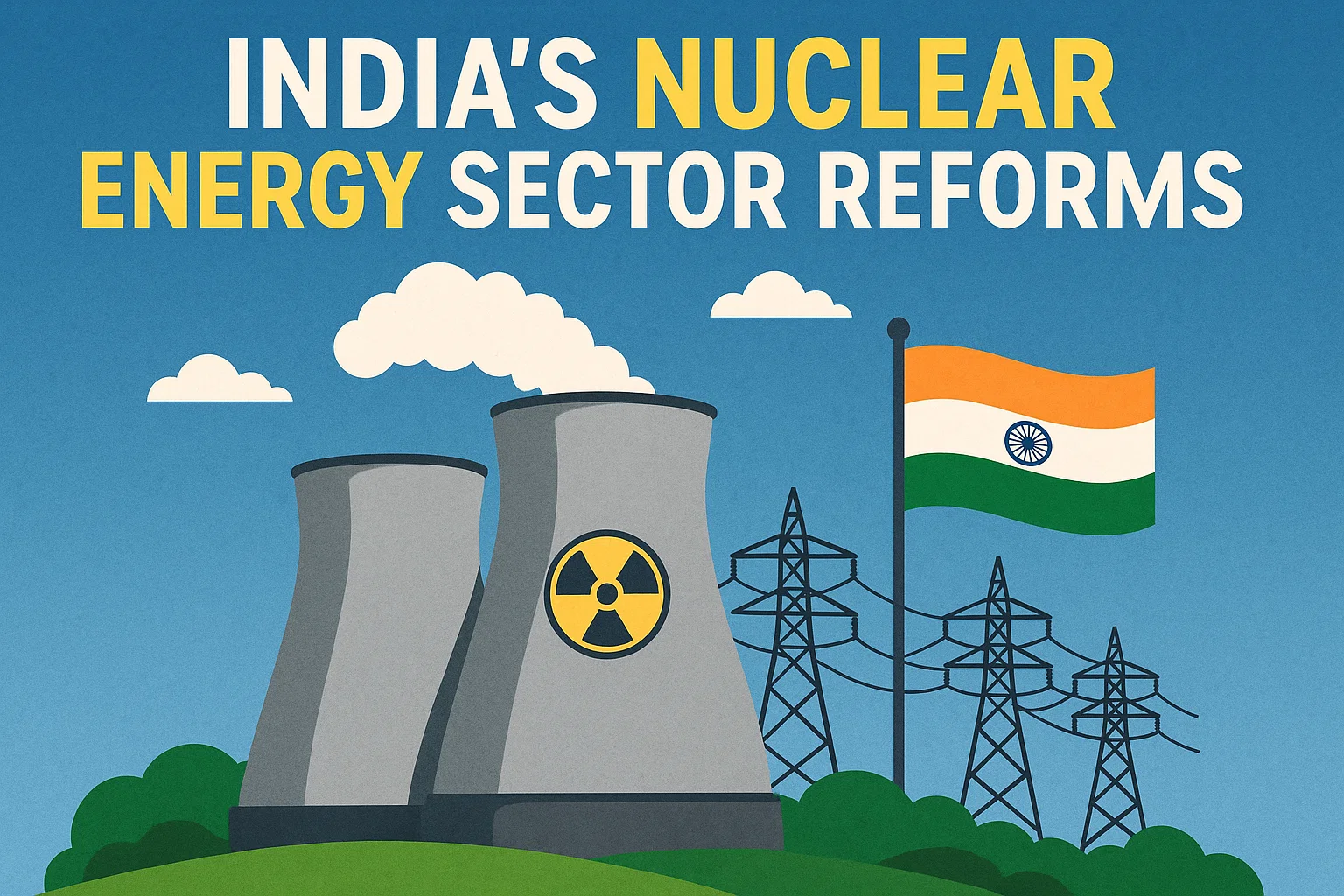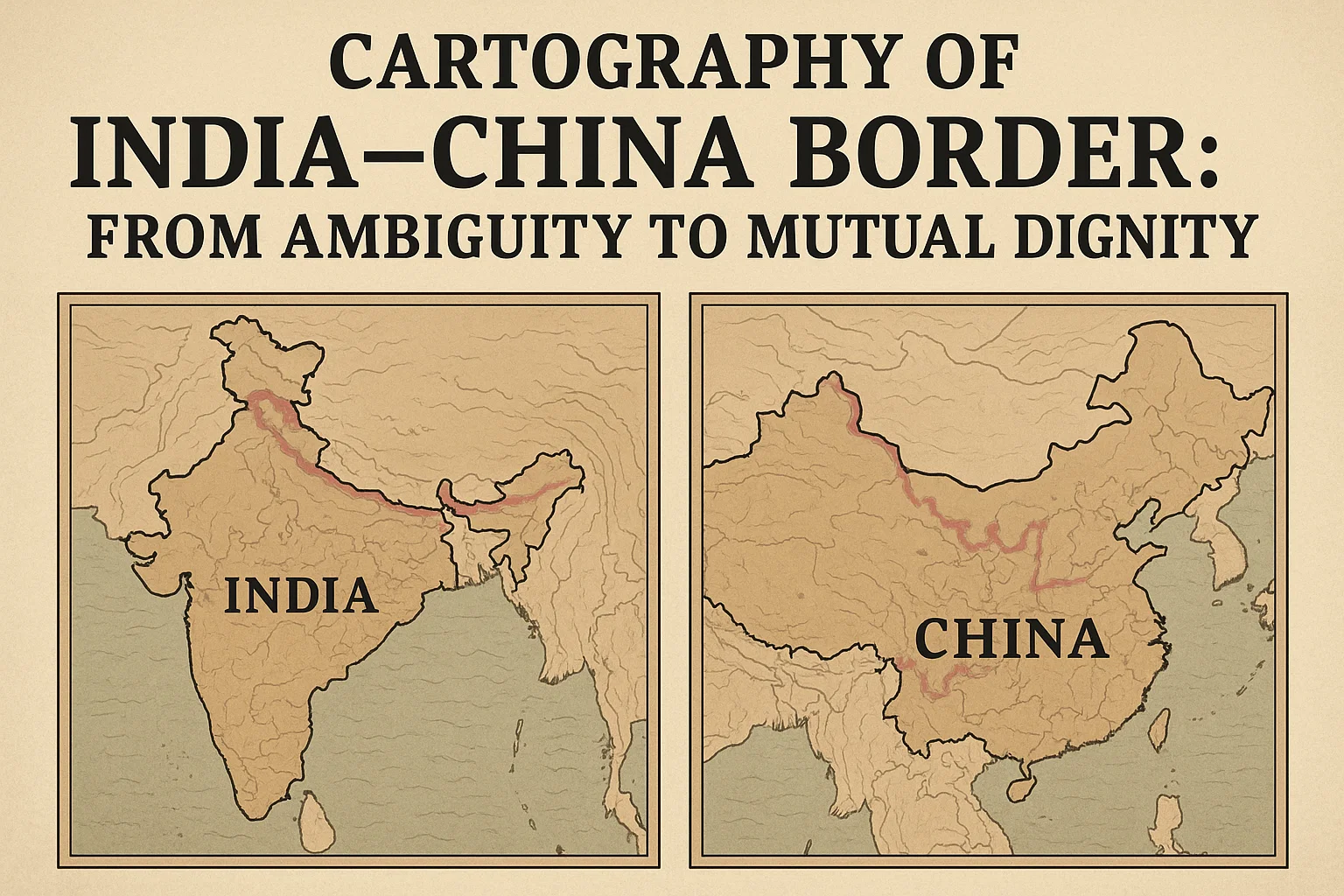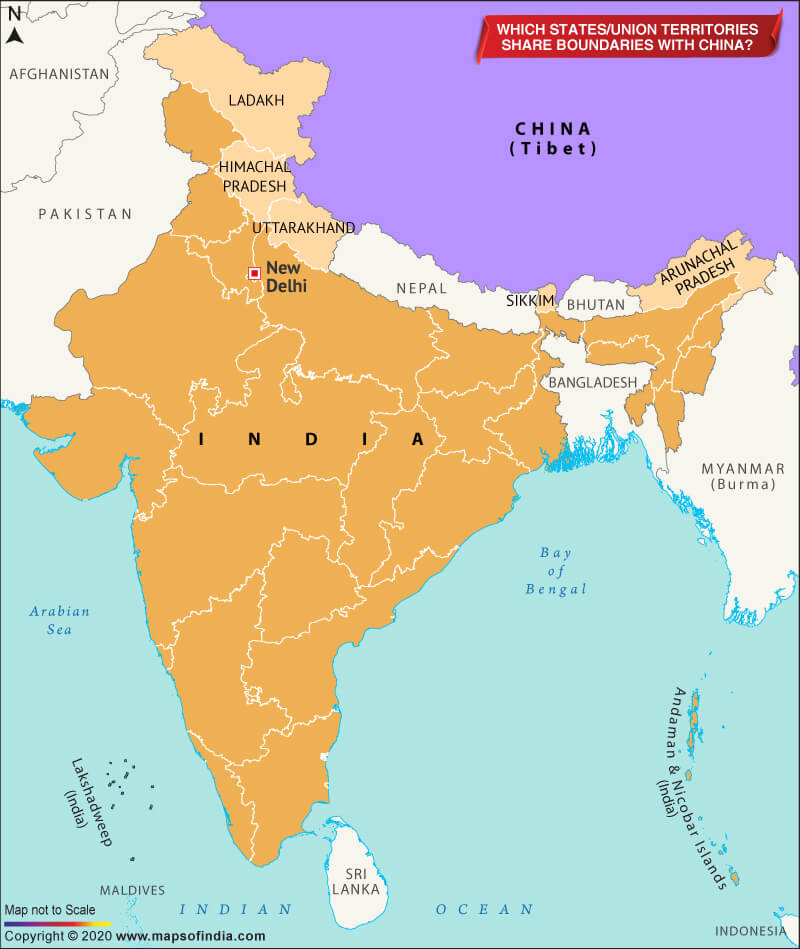India faces pressure at the WTO as China drops SDT. Explore how India can protect farmers, ensure food security, and shape fair global trade reforms.
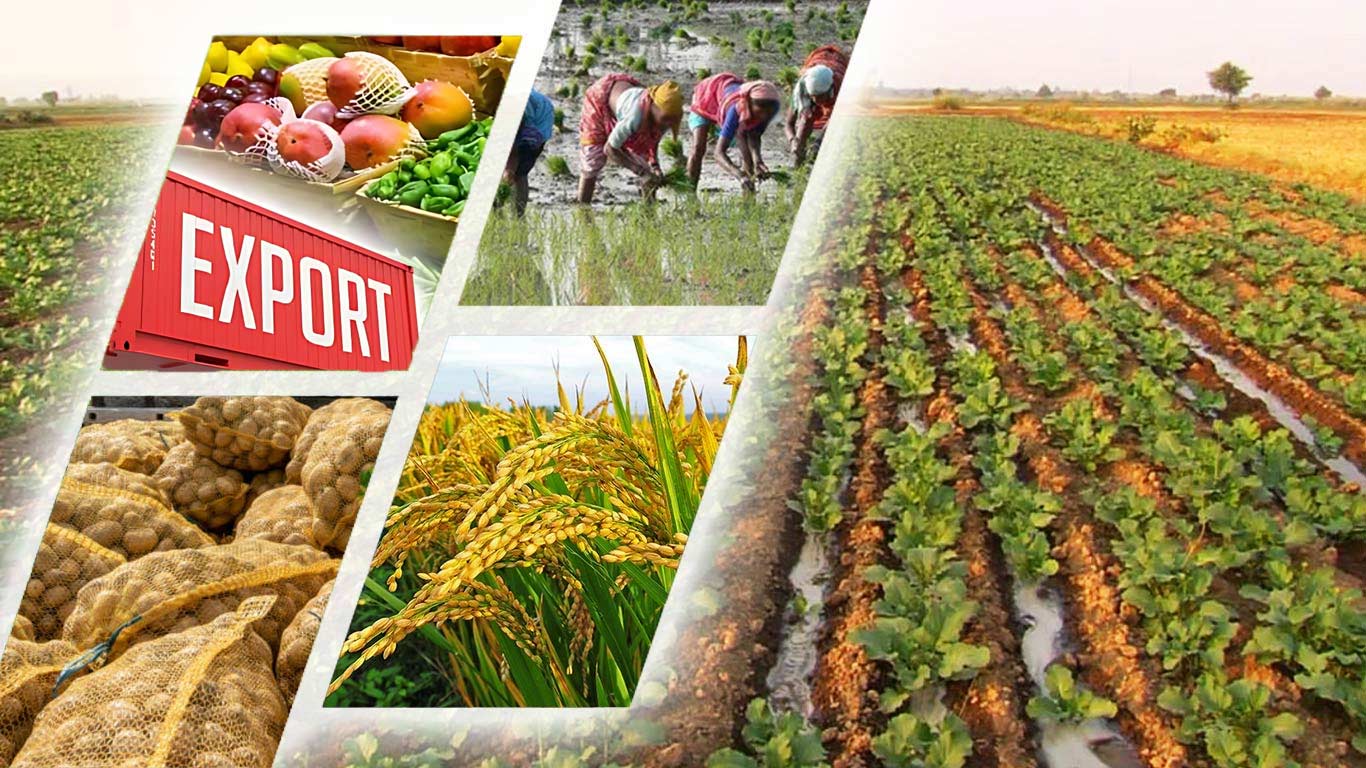
Introduction
India is now at a crucial crossroads in its journey through global trade. As economist Sachchidanand Shukla recently argued in The Indian Express (“India Needs a Plan,” 27 September 2025), the choices India makes today will shape both its economy and its global standing for years to come. A recent shift in the World Trade Organization (WTO) highlights this point. China, long shielded by its status as a developing country, has declared that it will no longer seek “Special and Differential Treatment” (SDT) in future negotiations. SDT gives poorer nations extra time, flexibility, and support in following trade rules. Though China keeps the benefits it already enjoys, its move signals that big economies are expected to shoulder greater responsibilities.
For India, this change brings fresh challenges. The country still depends on SDT to protect vulnerable parts of its economy, especially farming, and to run social welfare schemes that feed and support millions. Yet critics argue that India, now the fifth-largest economy in the world, is too large to keep asking for the privileges of a poorer nation. This pressure has grown sharper with the United States, under President Donald Trump, imposing tariffs on Indian exports such as medicines and household goods. The question now is urgent: how can India protect its farmers, secure food for its people, and support its poor while also stepping forward as a more open and responsible player in world trade?
What SDT Really Means
To understand the stakes, one must first grasp what SDT represents. The WTO sets the ground rules for international trade, and SDT is one of its key principles. It was designed to give developing countries breathing space so that they could shield fragile industries, delay strict obligations, and protect important policies like subsidies for food and fuel. Without this treatment, many countries would have struggled to integrate into the global economy.
China’s decision to step away from SDT was partly symbolic, as it will keep all the advantages it has already won. Still, it was hailed by some as a bold reformist move. Others, however, dismissed it as cosmetic, arguing that China continues to enjoy enormous structural advantages that make its pledge less meaningful. For India, the pressure is different. Its continued reliance on SDT is being challenged on the grounds that it is no longer a small or weak economy. Nations like the United States and members of the Cairns Group, a coalition of agricultural exporters, argue that India is clinging to outdated privileges that distort trade. The stage is now set for India to either defend its position fiercely or adapt its strategies in a changing global order.
Why Farming Matters Most
The real battleground in this dispute is agriculture. Farming is not just another economic sector for India; it is the livelihood of nearly half the population and the foundation of food security for 1.4 billion people. The WTO’s Agreement on Agriculture sets limits on how much governments can support their farmers, dividing subsidies into three categories, often described as “boxes.” Amber Box subsidies are considered the most trade-distorting and are tightly capped. Green Box subsidies, by contrast, are deemed acceptable because they fund things like research, environmental protection, and infrastructure, which do not directly alter market prices.
India spends more than forty billion dollars each year on farm support. The government guarantees farmers a fixed price for their crops through the Minimum Support Price (MSP) system, stores large amounts of food, and distributes it at cheap rates to over 800 million people through the Public Distribution System (PDS). These programmes are lifelines for millions who would otherwise struggle with hunger. Yet they also push India’s reported subsidies above the limits allowed by WTO rules, especially because the organisation still uses outdated reference prices from the late 1980s to calculate support levels. This makes India appear to be breaking the rules, even when the support it gives is modest compared to the enormous farm subsidies in rich countries. Critics in the West accuse India of distorting global markets, but at the same time, developed countries spend more than eight hundred billion dollars annually on their own farm support, much of it cleverly placed in the more flexible Green Box.
The Risks of Losing Flexibility
If India were forced to give up SDT and follow stricter rules, the effects would ripple across its society. Cutting farm subsidies by even twenty or thirty per cent over a decade could reduce rural incomes by as much as fifteen per cent. Food prices would rise, making it harder for poor families to survive, and the National Food Security Act, which provides cheap grain to two-thirds of the population, would come under strain. India’s experience in recent WTO disputes shows how fragile the situation can be. In 2023, a panel examined India’s sugar subsidies and the country only managed to avoid penalties by relying on SDT protections. Without them, future challenges would be harder to resist. For India, then, the fight over SDT is not simply a matter of trade policy but one of survival, fairness, and national stability.
Services and Digital Strength
While agriculture ties India to the past, services push it towards the future. Services now make up more than half of India’s economy, with information technology, outsourcing, and financial services leading the way. These are areas where India is globally competitive and can bargain from a position of strength. In WTO negotiations, India can use its dominance in services to secure gains, offering limited concessions in new fields such as digital trade in exchange for better access to developed markets.
India’s digital economy is growing rapidly, with projects like the Open Network for Digital Commerce enabling small and medium enterprises to sell their goods online. By engaging in talks on e-commerce and data flows, India can position itself as a forward-looking economy. At the same time, it must protect its right to regulate sensitive areas like data privacy and national security. By arguing for longer transition periods and flexibility for developing nations, India can participate in global trade without sacrificing domestic policy space. Meanwhile, by shifting farm support into Green Box categories such as climate resilience, agricultural research, and cold storage infrastructure, India can remain within WTO rules while still supporting its farmers.
Health, Patents, and People
Another major area where global trade rules touch India’s core interests is health. India is one of the world’s largest producers of generic medicines, exporting affordable drugs to poor countries across the globe. Yet stronger patent protections demanded by wealthy nations threaten this role. The United States, for example, has used tariffs and trade pressure to push for stricter intellectual property enforcement.
India must defend its right to issue compulsory licences, which allow generic versions of patented drugs to be produced in cases of public need. This is especially important in a country where millions still struggle to access basic healthcare. The WTO’s own Doha Declaration affirms that public health comes before profit, and India must continue to rely on this principle. Still, India can make careful adjustments in less sensitive areas of intellectual property in exchange for concessions elsewhere. By investing more in biotechnology and innovation at home, India can reduce its dependence on generics alone and move towards being a source of new medicines, balancing global expectations with domestic health needs.
The Pragmatic Path
What then should India’s strategy be? The answer lies not in outright resistance but in careful adjustment. India must press for the extension of the “peace clause” won at the Bali Ministerial in 2013, which shields its food programmes from legal challenges. It should also demand that WTO rules be updated to use current market prices rather than decades-old figures for calculating subsidies. Moving more support into acceptable Green Box measures like direct cash transfers and agricultural research would make India’s policies more defensible.
India can also selectively reduce its SDT claims in non-essential industries, signalling that it is willing to modernise, while fiercely protecting the areas that matter most—food security and health. By proposing a new system of tiered SDT benefits, linked to a country’s income levels and sector strengths, India can show leadership in shaping fairer global trade rules rather than being seen as clinging to old privileges.
Facing the Critics
Of course, there are critics who argue that India should hold the line and give up nothing. They warn that any step towards reducing protections could harm vulnerable communities and that global rules are often applied unevenly, with rich nations escaping punishment for their own rule-bending. These concerns are not without merit. But they ignore India’s growing strength and its ability to negotiate from a position of influence. India is not simply a passive rule-taker; it has the capacity to shape outcomes through alliances with other developing countries and by leveraging its booming services and digital sectors. By offering gradual reforms rather than sudden surrender, India can reassure its partners while protecting its own citizens.
Reform at Home
Any success abroad depends on reforms at home. India has already shown what is possible with innovations like Direct Benefit Transfers, which now cover most fertiliser subsidies and ensure that support reaches farmers directly. Expanding this system, investing in cold storage and food processing, and strengthening agricultural research would make India’s farm sector both more efficient and more competitive globally. These measures also improve transparency, reduce waste, and ensure that subsidies benefit those who need them most. Involving farmers and citizens in decision-making ensures that reforms are accepted rather than resisted, making India’s democracy a strength in this transition.
India as a Middle Power
Unlike China, which can change direction overnight through centralised decisions, India must move carefully within its democratic framework. This does not have to be a weakness. Instead, India can position itself as a “middle power” that argues for fairness and balance in trade rules. By promoting the idea of “fair trade” rather than unrestrained “free trade,” India can build coalitions of like-minded countries, strengthen its global image, and push for reforms that consider the needs of developing populations. Its unique combination of a vast farming base, a booming services sector, and growing digital innovation makes India a credible voice in reshaping the future of global trade.
Conclusion
India’s moment at the WTO reflects the wider shifts in the world order. China’s partial retreat from SDT and America’s aggressive tariffs show how turbulent the system has become. For India, the path forward is not to dig in its heels or to give up completely but to adopt a balanced strategy. This means defending vital protections for farmers and the poor, investing in services and digital strength, reforming subsidies to fit new realities, and building international partnerships that amplify its voice.
By acting early and proposing reforms on its own terms, India can avoid being cornered into changes imposed from outside. More importantly, it can set an example for other developing nations facing similar pressures. The goal is not only to protect India’s interests but to create a fairer global trade system that balances growth with justice. If India succeeds, it will not just defend its own people but will also establish itself as a leader in building a more equal and humane world economy.
Subscribe to our Youtube Channel for more Valuable Content – TheStudyias
Download the App to Subscribe to our Courses – Thestudyias
The Source’s Authority and Ownership of the Article is Claimed By THE STUDY IAS BY MANIKANT SINGH
